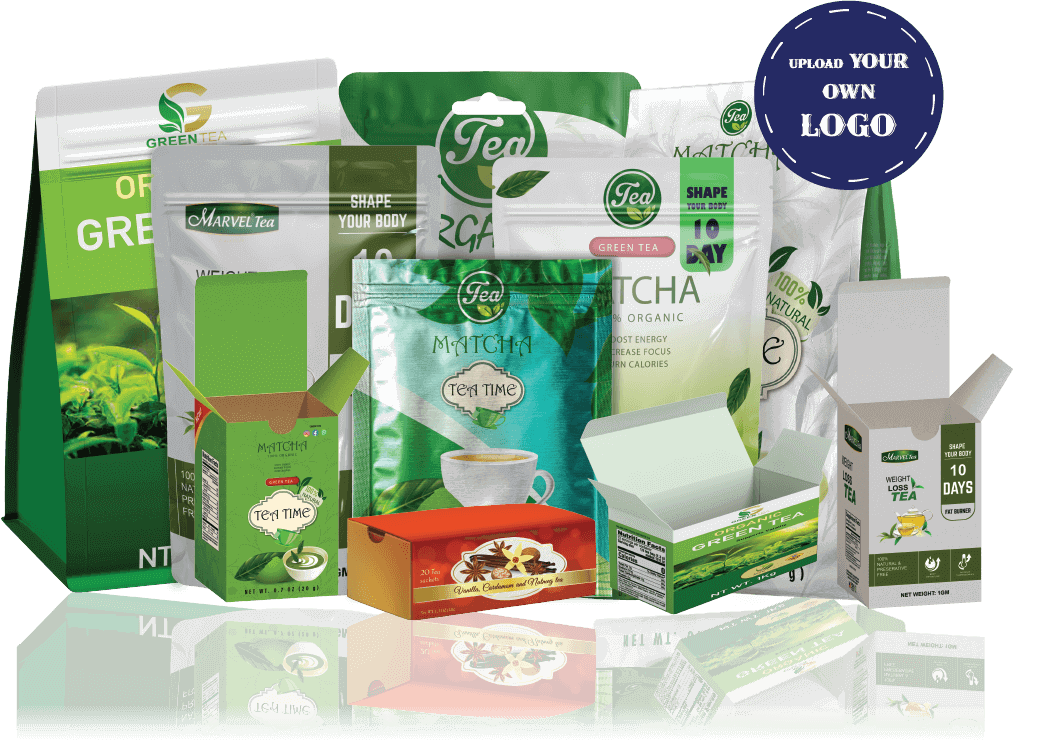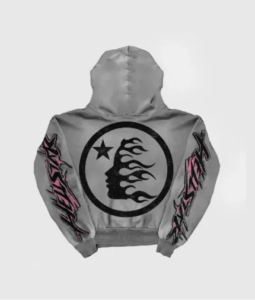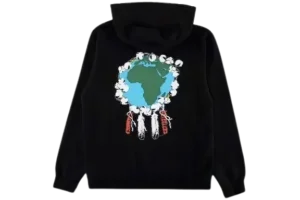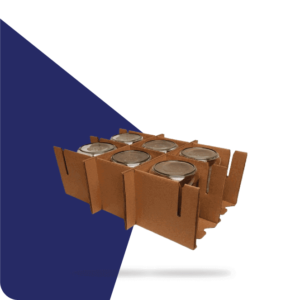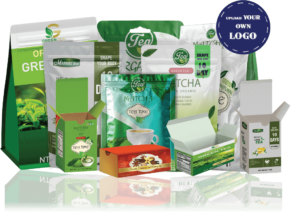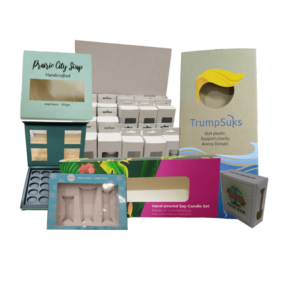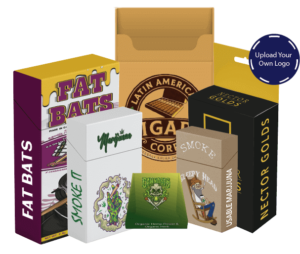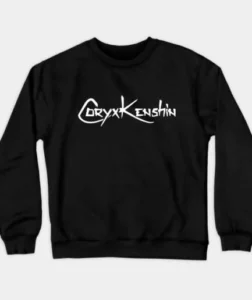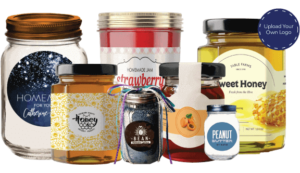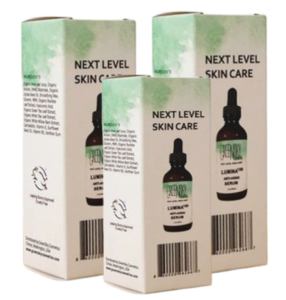Tea is a beloved beverage worldwide, and as the market for specialty and artisan teas grows, so does the importance of effective packaging. Custom Tea Bag Packaging Boxes not only protect the product but also serve as a vital tool for branding, marketing, and enhancing the consumer experience. This guide explores the key elements of custom tea bag packaging and how they can elevate your brand in a competitive market.
1. Importance of Custom Tea Bag Packaging Boxes
Custom packaging is essential for several reasons:
a. Brand Identity
- Visual Appeal: Unique packaging helps differentiate your product on the shelves, attracting consumers’ attention and fostering brand recognition.
- Storytelling: Packaging can convey the brand’s story, values, and commitment to quality, allowing consumers to connect emotionally with the product.
b. Product Protection
- Freshness and Quality: Tea is sensitive to moisture, light, and air. High-quality packaging materials protect the tea bags, ensuring freshness and preserving flavor.
- Durability: Strong packaging prevents damage during shipping and handling, reducing returns and ensuring customer satisfaction.
c. Consumer Experience
- Ease of Use: Thoughtful design elements, such as easy-open features or resealable closures, enhance the consumer experience.
- Informative Packaging: Providing clear information on brewing instructions, ingredients, and health benefits can enhance the consumer’s perception of the product.
2. Key Design Elements for Custom Tea Bag Packaging
When designing custom tea bag packaging, several key elements should be considered:
a. Material Selection
- Tea Bag Material: Use biodegradable or compostable materials for the tea bags themselves, ensuring they are safe for the environment and do not leach harmful substances.
- Outer Packaging: Options include cardboard boxes, foil pouches, or tins, depending on the desired aesthetic and protection level.
b. Box Design and Structure
- Flat vs. Display Boxes: Flat boxes are cost-effective, while display boxes can attract attention in retail settings. Choose the structure that aligns with your branding goals.
- Window Boxes: Consider using window boxes to showcase the tea bags inside. This enhances transparency and allows consumers to see the quality of the tea.
c. Size and Dimensions
- Custom Sizing: Tailor the packaging size to match the number of tea bags included, whether it’s a small sampler pack or a larger family-sized box.
- Single-Serve Packaging: Offering single-serve packets can cater to consumers seeking convenience and variety without committing to larger quantities.
3. Aesthetic Considerations
The visual appeal of your packaging is critical for attracting consumers. Here are some design strategies:
a. Color Psychology
- Color Schemes: Use colors that reflect the flavors and origins of the tea. For example, earthy tones for herbal teas and vibrant colors for fruit-infused blends.
- Mood Setting: Colors evoke emotions; soft pastels can convey calmness, while bold colors can create excitement.
b. Typography and Branding
- Brand Consistency: Ensure that fonts, colors, and logos are consistent across all packaging. This builds brand recognition and trust.
- Creative Fonts: Select fonts that reflect the brand’s personality while ensuring readability.
c. Graphics and Imagery
- Natural Elements: Incorporate imagery of tea leaves, flowers, or fruits to highlight the ingredients and create a connection to nature.
- Illustrations: Unique illustrations can convey the brand’s story and create a distinct visual identity.
4. Functional Features to Consider
To improve usability and enhance the consumer experience, consider adding functional features to your packaging:
a. Resealable Bags
- Freshness: For tea bags, resealable packaging helps maintain freshness after opening. This is especially important for larger packages.
b. Easy-Open Designs
- Convenience: Incorporate perforated tear strips or easy-pull tabs for hassle-free opening. Consumers appreciate packaging that simplifies their experience.
c. Informative Labels
- Clear Instructions: Provide brewing instructions, steeping times, and serving suggestions on the packaging to guide consumers in enjoying the tea.
- Health Benefits: Highlight any health benefits associated with the tea to appeal to health-conscious consumers.
5. Sustainability in Custom Tea Bag Packaging
With consumers increasingly prioritizing sustainability, incorporating eco-friendly practices is essential:
a. Biodegradable Materials
- Tea Bags: Use biodegradable or compostable materials for tea bags to minimize environmental impact.
- Packaging Materials: Opt for recycled or recyclable materials for outer packaging.
b. Minimalist Packaging
- Reducing Waste: Adopt minimalist designs that use less material while still being functional and attractive.
c. Sustainability Certifications
- Eco-Labels: Consider obtaining eco-certifications to build trust with consumers who prioritize sustainable practices.
6. Marketing Strategies through Packaging
Your packaging can be a powerful marketing tool. Here are some strategies:
a. Promotional Messaging
- Discount Codes: Include promotional offers or discount codes on packaging to encourage repeat purchases.
- Social Media Links: Encourage consumers to engage with your brand on social media by including handles or hashtags on the packaging.
b. Limited Edition Designs
- Seasonal Packaging: Create limited edition packaging designs for special occasions or seasonal flavors, generating excitement and encouraging impulse buys.
c. Customer Engagement
- QR Codes: Utilize QR codes on the packaging that link to recipes, brewing tips, or interactive content, enhancing customer engagement.
7. Regulatory Compliance
Ensure that your packaging complies with industry regulations to guarantee safety and transparency:
a. Labeling Requirements
- Ingredient Disclosure: Ensure that all ingredients and allergen information are clearly stated according to local and national regulations.
- Health Claims: Be cautious with health claims on packaging, ensuring they meet regulatory standards.
b. Safety Testing
- Material Safety: Conduct safety testing on packaging materials to confirm they do not leach harmful substances into the tea.
8. Case Studies of Successful Tea Bag Packaging
Examining successful brands can provide valuable insights into effective packaging strategies:
a. Harney & Sons
Harney & Sons utilizes elegant, vintage-inspired packaging that conveys a sense of luxury. Their use of rich colors and high-quality materials enhances the perceived value of their tea bags.
b. Tazo Tea
Tazo Tea incorporates vibrant colors and bold graphics that reflect the flavors and origins of their teas. Their packaging effectively communicates the brand’s adventurous spirit and commitment to quality.
c. Celestial Seasonings
Celestial Seasonings focuses on natural ingredients and uses whimsical illustrations on their packaging. Their commitment to sustainability is evident in their choice of eco-friendly materials.
Custom tea bag packaging boxes are a crucial component of branding, marketing, and consumer experience in the competitive tea market. By focusing on innovative designs, sustainability, and functionality, brands can create packaging that resonates with consumers and enhances their overall experience. Investing in effective packaging solutions not only elevates the product but also fosters brand loyalty and encourages repeat purchases. As the tea industry continues to evolve, brands that prioritize thoughtful, engaging packaging will thrive in this dynamic market.
: Custom Tea Bag Packaging Boxes: The Key to Success in a Growing Market
In today’s competitive landscape, where tea consumption continues to rise, custom tea bag packaging boxes are not just containers; they’re strategic marketing tools that enhance brand visibility, convey quality, and foster consumer loyalty. This comprehensive guide delves deeper into the importance of custom tea bag packaging, emerging trends, and best practices for creating standout designs that resonate with consumers.
1. Understanding Consumer Preferences
Understanding your target audience is crucial for designing effective tea bag packaging:
a. Demographics
- Health-Conscious Consumers: Many tea drinkers are motivated by health benefits. Packaging that highlights natural ingredients and health claims can attract this demographic.
- Millennials and Gen Z: These younger consumers are drawn to brands with sustainability values and innovative packaging. Engaging them through social media and interactive packaging can foster brand loyalty.
b. Shopping Behavior
- Impulse Purchases: Eye-catching packaging can drive impulse purchases in retail environments. Consider how your design can capture attention quickly.
- Online Shopping: With the rise of e-commerce, packaging must also appeal to online shoppers. Ensure it looks good in photos and is easy to open upon delivery.
2. Innovative Packaging Trends
Staying current with packaging trends can set your brand apart:
a. Sustainable Practices
- Eco-Conscious Materials: The use of biodegradable, compostable, or recyclable materials is increasingly important. Brands that prioritize sustainability resonate well with environmentally aware consumers.
- Upcycling Initiatives: Consider how consumers can reuse or recycle packaging creatively. Brands can share ideas on their website or social media.
b. Minimalist Designs
- Simplicity Over Complexity: Many consumers prefer clean, minimalist packaging that conveys quality without clutter. A focus on essential information with a modern aesthetic can be very effective.
c. Interactive Elements
- Smart Packaging: Integrating NFC (Near Field Communication) technology allows consumers to tap their smartphones on the packaging for instant access to recipes, brewing instructions, or loyalty programs.
3. Design Best Practices
When creating custom tea bag packaging, consider the following best practices:
a. Prototype Development
- Iterative Design Process: Start with sketches and prototypes, then gather feedback from focus groups. Iterative design ensures that you refine your packaging based on consumer preferences.
b. Color and Texture
- Texture Exploration: Use textured finishes to add a tactile element to the packaging. For example, a soft-touch coating can create a premium feel, enhancing the perceived quality of the product.
- Color Trends: Stay informed about color trends in packaging design. For instance, earthy tones or pastel colors may appeal more to wellness-focused consumers.
c. Visual Hierarchy
- Information Prioritization: Design the packaging with a clear visual hierarchy. Important information, such as flavor and brewing instructions, should be prominent, while additional details can be more subtle.
4. Logistics and Supply Chain Considerations
Effective packaging must also account for logistics:
a. Shipping and Handling
- Durable Packaging: Ensure that the packaging can withstand various handling processes during shipping. Consider double-walled boxes for extra protection.
- Space Optimization: Design packaging that maximizes space efficiency for shipping and storage. Flat or easily stackable designs can reduce shipping costs.
b. Cost Analysis
- Budget-Friendly Solutions: Balance quality with cost. Explore various material options and printing techniques to find solutions that meet your budget without compromising quality.
5. Legal and Regulatory Compliance
Navigating regulatory standards is crucial:
a. Labeling Standards
- Nutritional Information: Ensure compliance with local labeling regulations, including the display of nutritional information, ingredient lists, and any relevant health claims.
- Country-Specific Regulations: Be aware of specific regulations that may apply to different markets, especially if exporting products internationally.
6. Marketing Strategies
Your packaging can be a vital marketing tool. Here are some strategies:
a. Cross-Promotion
- Collaborations with Other Brands: Partner with complementary brands to create co-branded packaging or bundle offerings. This can help introduce your brand to new audiences.
b. Seasonal Promotions
- Holiday-Themed Packaging: Create limited-edition packaging for holidays or seasons. This not only drives sales but also creates a sense of urgency among consumers.
c. Sampling Programs
- Tasting Events: Use your packaging to facilitate sampling events. Offer single-serve tea bags in attractive packaging that encourages consumers to try before they buy.
7. Case Studies of Innovative Packaging
Examining successful brands provides valuable insights into effective packaging strategies:
a. Numi Organic Tea
Numi’s packaging is made from 100% recycled materials and features a beautiful design that showcases the ingredients. Their commitment to sustainability resonates with consumers, and their transparent sourcing information fosters trust.
b. Teavana
Teavana employs vibrant, eye-catching colors and intricate designs on their packaging that evoke a sense of luxury and quality. Their commitment to high-quality ingredients is communicated effectively through both the visuals and the informative labeling.
c. Stash Tea
Stash Tea uses eco-friendly materials for their packaging and highlights the unique qualities of each tea blend through bright colors and bold graphics. Their packaging is both functional and appealing, contributing to strong brand loyalty.
8. Consumer Engagement Through Packaging
Engaging with consumers through packaging can enhance loyalty:
a. Feedback Opportunities
- Encouraging Reviews: Include a call-to-action on the packaging, encouraging consumers to leave reviews or share their experiences on social media.
b. Loyalty Programs
- Reward Systems: Design packaging that includes information about loyalty programs or rewards for repeat customers, further incentivizing purchases.
9. Challenges in Custom Packaging
Be aware of potential challenges:
a. Balancing Aesthetics and Functionality
- Design Compromises: Finding the right balance between visually appealing packaging and functional design can be challenging. Conduct thorough testing to ensure usability aligns with aesthetics.
b. Material Sourcing
- Sourcing Sustainability: Finding reliable suppliers for eco-friendly materials may require additional research. Establishing strong relationships with suppliers can help mitigate challenges.
Custom tea bag packaging boxes are more than just containers; they are integral to branding, marketing, and consumer engagement in the competitive tea market. By understanding consumer preferences, leveraging innovative design trends, and prioritizing sustainability, brands can create packaging that resonates with consumers and elevates their products. We partnered with a local company specializing in Custom Packaging Calgary to create unique, branded boxes for our product launch. As the tea industry evolves, those who invest in thoughtful, attractive, and functional packaging will find themselves well-positioned to thrive in this dynamic market.
